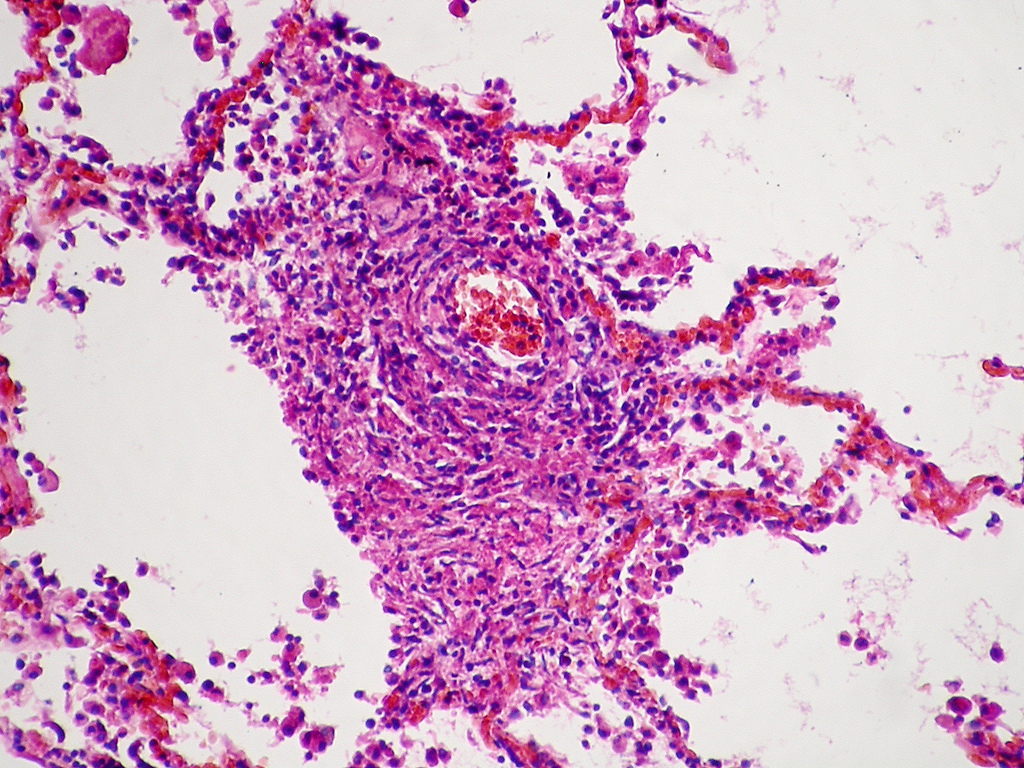Antibiotics developed in 1960s show promise for TB therapy
September 28, 2016

September 28, 2016

First generation cephalosporins—antibiotics introduced as a treatment against bacterial infections in 1963—now show promise for tuberculosis (TB) therapy, according to new research published in Scientific Reports.
Tuberculosis, caused by Mycobacterium tuberculosis, is the most deadly infectious disease in the world. Standard TB therapy takes at least six months and patients infected with multi-drug resistant (MDR) or extensively drug resistant (XDR) strains undergo treatments that are even longer (up to 24 months). Treatment is often associated with severe side effects. Studies indicate that the cost of developing a new drug has soared to $2.6 billion.
The in vitro study indicates cephalosporins work well on their own against bacteria that cause TB. But they are even more active when used in synergistic combinations with traditional and new TB therapies.
“Cephalosporins can be taken orally and have a good long-term safety record, but were never explored as a TB therapy,” says University of British Columbia (UBC) microbiologist Santiago Ramón-García, who led the study.
“While these are in vitro results, their potent anti-mycobacterial properties suggest cephalosporins could be used as part of new combinatorial TB therapies.”
“Because cephalosporins are already clinically approved drugs, they could be readily tested in the clinic,” says Prof. Charles Thompson from UBC who also led the work. “New treatments are urgently needed to shorten the duration of the standard treatment and for MDR and XDR-TB therapy.”
The study was performed in collaboration with the Diseases of the Developing World GlaxoSmithKline Centre under an agreement with the Tres Cantos Open Lab Foundation. Grand Challenges Canada, Canadian Institute of Health Research, and British Columbia Lung Association provided initial support for the project.
We honour xwməθkwəy̓ əm (Musqueam) on whose ancestral, unceded territory UBC Vancouver is situated. UBC Science is committed to building meaningful relationships with Indigenous peoples so we can advance Reconciliation and ensure traditional ways of knowing enrich our teaching and research.
Learn more: Musqueam First Nation